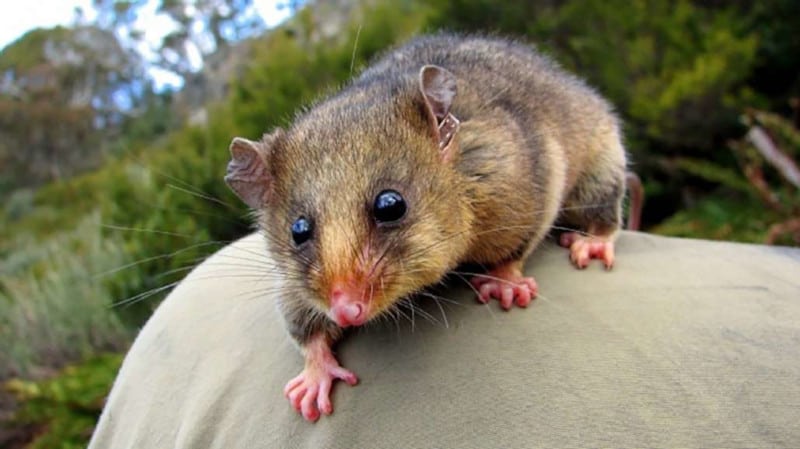
Mountain Pygmy Possum Facts
- Most notably, the accidental discovery of fossil evidence of the Mountain Pygmy Possum occurred in 1895. In addition, this quite surprising discovery occurred in an isolated cave. Further, at that time, science believed the fascinating species to be extinct. However, an accidental discovery of a living individual occurred in the year 1966.
- In addition, this small but incredible creature seems to have adapted to a highly unique seasonal diet. Firstly, during the spring and summer seasons, the distinctive Mountain Pygmy Possum feeds exclusively on the bugong moth. Secondly, though, throughout the rest of the year, the amazing animal apparently feeds exclusively on various fruits and seeds.
- However, the sincerely remarkable mammalian species still appears to be extremely rare. Further, currently, only three small populations appear to exist throughout its entire range. Due to this, along with other factors, the IUCN currently lists the animal as Critically Endangered. Quite sadly, following a recent firestorm in the region, its current population remains unknown.
- The Mountain Pygmy #Possum is an extremely rare alpine marsupial from Australia thought to be extinct before 1966. Click To Tweet
Related Articles
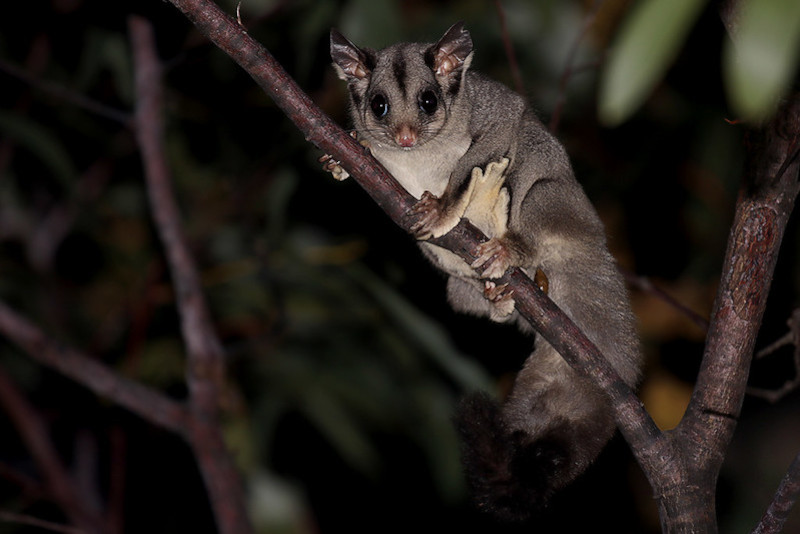
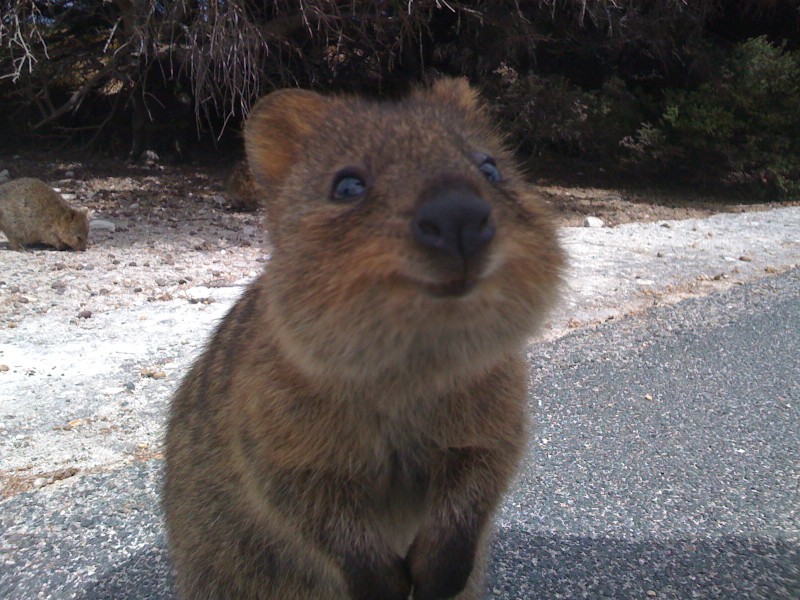
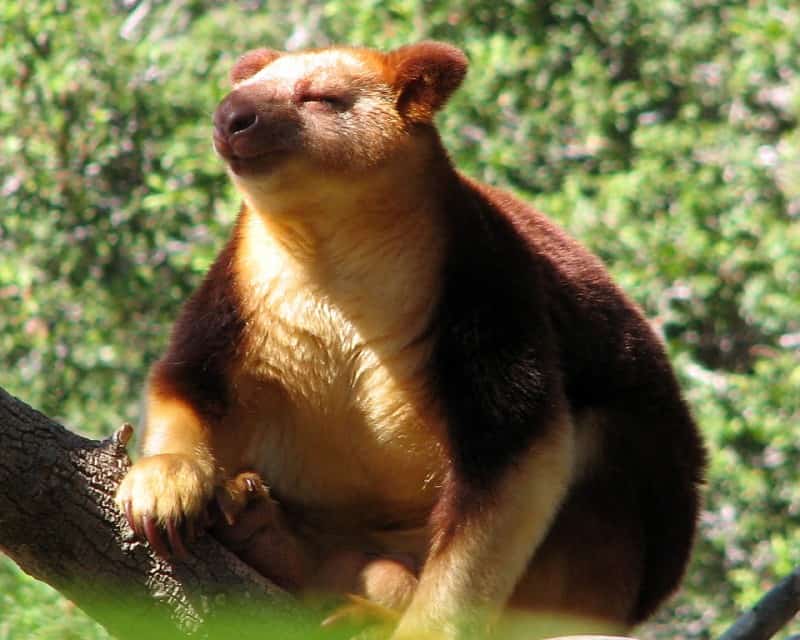
Mountain Pygmy Possum Physical Description
Despite its many amazing attributes, the Mountain Pygmy Possum constitutes a very small species of marsupial. First of all, the remarkable creature has an average weight of only around 1.6 oz (45 g). Additionally, the total length of the head and body only measures about 4.3 in (10.9 cm).
In addition, the tail of this intriguing animal grows surprisingly long, especially compared to other measurements. In point of fact, this appendage grows longer than the combined length of the head and body. Scientists currently remain uncertain as to the evolutionary reason for this trait.
Furthermore, this highly interesting creature also displays a small degree of sexual dimorphism. In this, the Mountain Pygmy Possum follows a pattern typical to its many related species. In its case, however, this involves the males typically growing to about 10% larger than the females in overall size.
Finally, its general appearance also distinguishes it from other species. For one thing, that’s because the eyes also remain comparatively large. In addition, the fur generally presents as gray to brown in color. Individuals often also possess a dark stripe on the back, and a pale one on each side of the body.
- Kingdom: Animalia
- Phylum: Chordata
- Class: Mammalia
- Order: Diprotodontia
- Family: Burramyidae
- Genus: Burramys
- Species: B. parvus
Mountain Pygmy Possum Distribution, Habitat, and Ecology
Quite sadly, the Mountain Pygmy Possum evolved as endemic solely to a tiny territorial range. This consists of the alpine areas of southern Australia. Furthermore, at this time, small populations exist perhaps on only three mountains. These consist of Mount Bugong, Mount Blue Cow, and Mount Buller.
Also quite uniquely, the two genders further separate themselves in yet another manner. That holds true due to the fact that the genders have different habitat ranges throughout most of their lives. As a result, individuals of the opposite sex usually encounter each other only during mating season.
First of all, the females typically dwell at altitudes of between 4,593-7,316 ft (1,400-2230 m). Meanwhile, the males prefer altitudes ranging from 3,937-4,265 ft (1,200-1,300 m). Nevertheless, within the separate ranges, both genders of the Mountain Pygmy Possum prefer to nest near rocky streams and formations of loose boulders.
Species Sharing Its Range
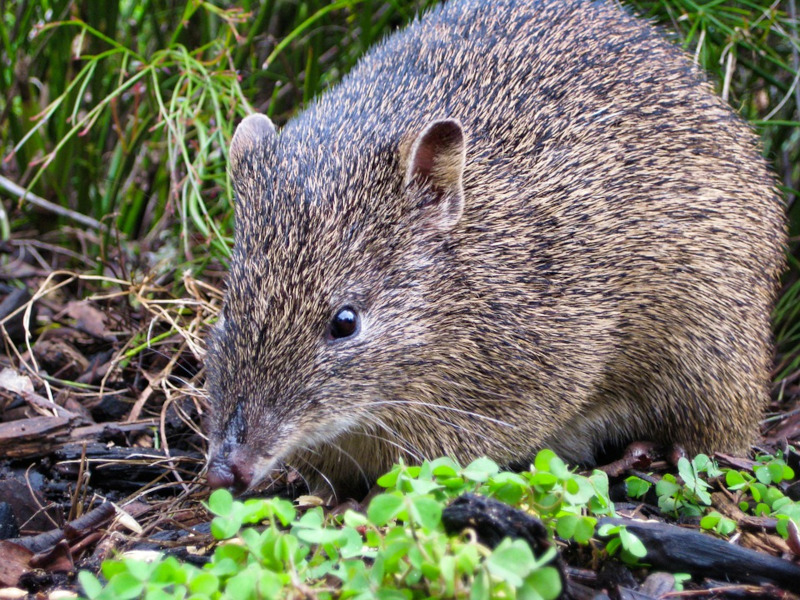
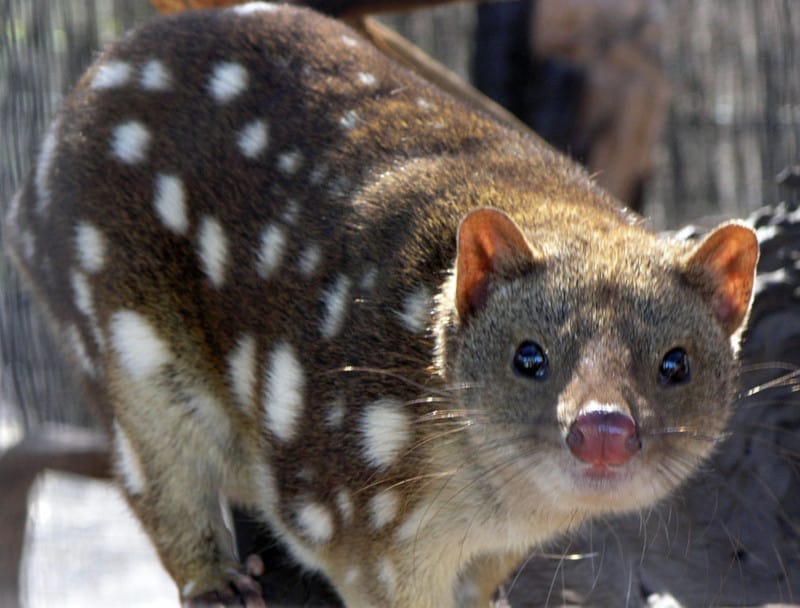
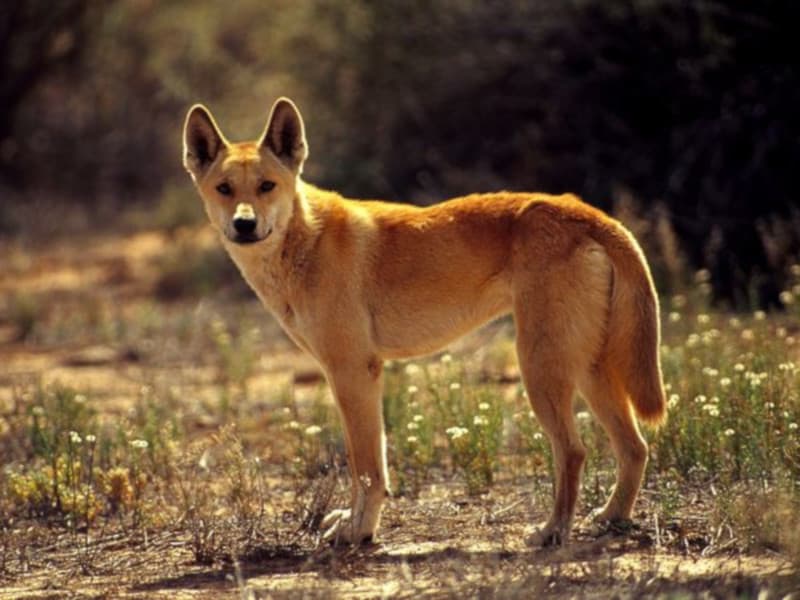
Check out our other articles on Earth’s Geothermal Marvels, Flame Azalea, Armored Sea Robin, Kaieteur Falls, Marine Iguana, White Spotted Agrias, Pink Fairy Armadillo, Fire Salamander










They are such beautiful little animals. I am writing a husbandry guide on caring for MPPs in captivity. I am trying to find information about what milk formula they would need if artificial rearing was needed. There is info all over the place for larger possums but I can’t find anything specific for artificial rearing of Mountain Pygmy-possums. Any ideas? Thanks!
This is very helpful
Hello Jack,
We are glad you found it helpful! We hope that other articles can do the same for you.
OBP